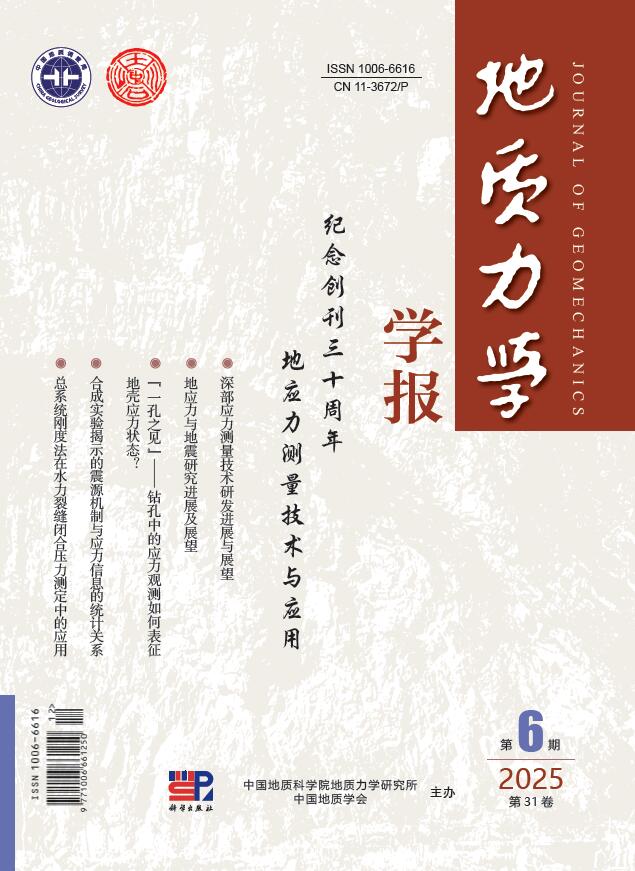
Supervisor: China Geological Survey
Sponsor: Institute of Geomechanics, Chinese Academy of Geological Sciences; Geological Society of China (GSC)
Editor-in-Chief: DENG Jun
ISSN 1006-6616
CN 11-3672/P
Post Issue Number 82-124

News
- Guidelines for the Key Research Topics in 2026 2025-12-31
- The key topics in 2025 of Journal of Geomechanics 2024-12-31
- The good news! Journal of Geomechanics has been included again in the "Overview of Chinese Core Journals" by Peking University (2023 edition). 2023-12-28
- Journal of Geomechanics has been included in the core database of the Chinese Science Citation Database (CSCD). 2023-06-09

